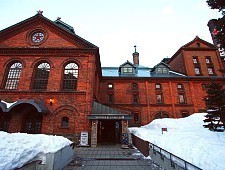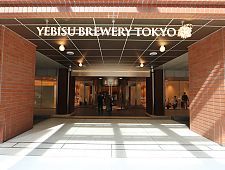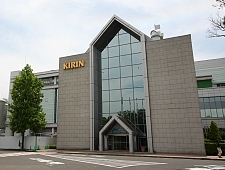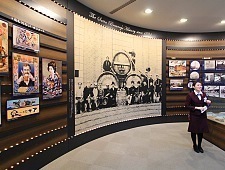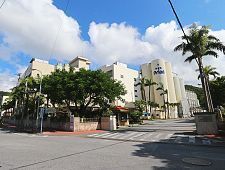Beer in Japan
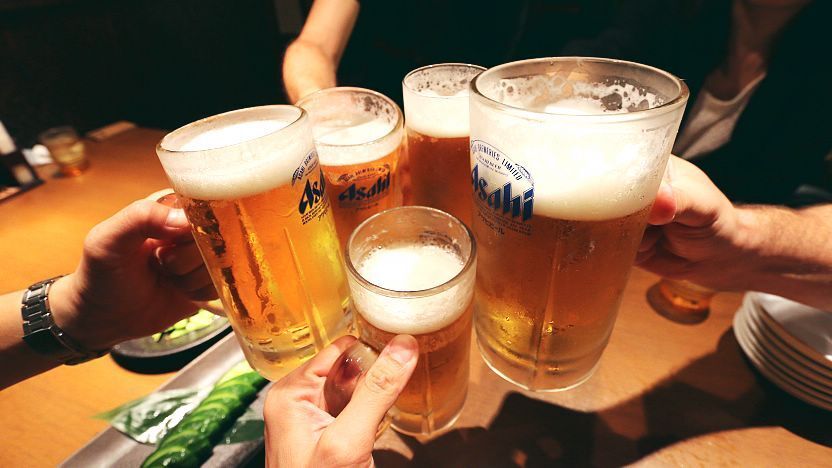
Beer (ビール) is the most popular alcoholic drink in Japan and widely consumed at homes and drinking establishments nationwide. Four companies currently dominate the market: Asahi, Kirin, Suntory and Sapporo. The standard type of beer sold at izakaya, bars and restaurants is light lager beers with an alcohol content of around five percent. In addition, regional craft beers have become popular in recent years.
History
The Dutch started brewing beer for their own use in Nagasaki during the Edo Period. The first brewery to serve the Japanese market was founded in 1869 in the international port town of Yokohama by a foreign businessman. After changes in ownership, it started producing Kirin-branded beer in 1888. Meanwhile in Sapporo, the government built a beer brewery and established the Sapporo Beer brand in 1876 as part of its efforts to develop the island of Hokkaido. Accordingly, Yokohama and Sapporo vie for the title of birthplace of Japanese beer.
The popularity of beer increased sharply in the second half of the 20th century, and beer has long since overtaken sake as the nation's favorite tipple. In recent decades, some Japanese beers have also gained popularity overseas.

Variations of beer
Because the alcohol laws in Japan dictate that beer be taxed according to its malt content, other beer-like drinks have been created by the Japanese brewers that contain less malt and thus are cheaper to sell. The current three ranks of beer are as follows:
The alcohol tax rate is incrementally being adjusted to be unified into a single one for all beer and beer-like beverages by 2026. This means that the price difference between beer and its less-malt-containing alternatives is narrowing.
Craft beer
The craft beer (地ビール, ji-bīru, literally "local beer") scene emerged in the mid 1990s. Up until then, stringent brewing laws granted licenses only to large-scale brewers. This all changed in 1994 when the government drastically relaxed the law, enabling small-scale breweries to thrive. Since then, craft beer has become increasingly popular, with hundreds of microbreweries around the country now selling high-quality regional beer domestically and abroad.
There is a particularly vibrant craft beer scene in the big cities like Tokyo and Osaka, where various dedicated bars sell beer from a particular brewery they are linked to, if not from a selection of breweries. There are also an increasing number of brewpubs that brew and sell their own beer on premises. Many onsen towns also contribute to the national craft beer presence with celebrated local breweries that take advantage of local pure waters.

How to enjoy beer
In izakaya, restaurants and bars, beer is usually available as draft beer (nama-bīru) or bottled (bin-bīru). Draft beer is most commonly available in two sizes: a medium sized jug (chū-jockey, typically 500-700 ml) or a smaller sized glass (typically 200-300 ml). Less common are large sized jugs (dai-jockey, typically one liter). Bottles typically contain 500 ml of beer.
Beer is also easily available at convenience stores and at kiosks in train stations, where it is sold mostly in 350 and 500 ml cans. At supermarkets, some brands sell their beer in 250 ml and even 135 ml cans. Vending machines selling beer have drastically decreased in number over recent years, except in business hotels where they are still common.

Beer-related attractions
Some of the big companies maintain beer museums or offer factory tours. Below are some of the better and more easily accessible beer-related tourist attractions:
Questions? Ask in our forum.



